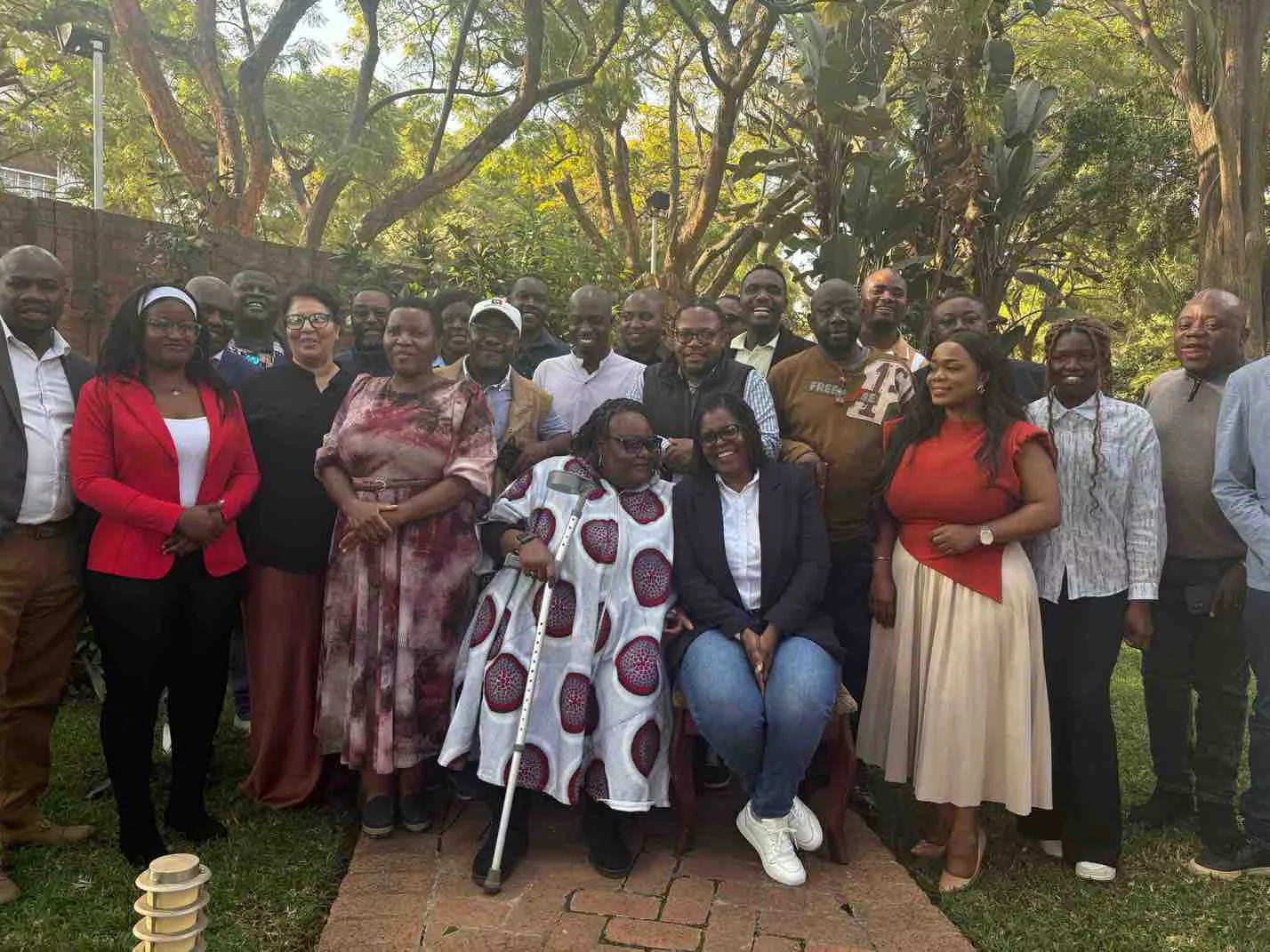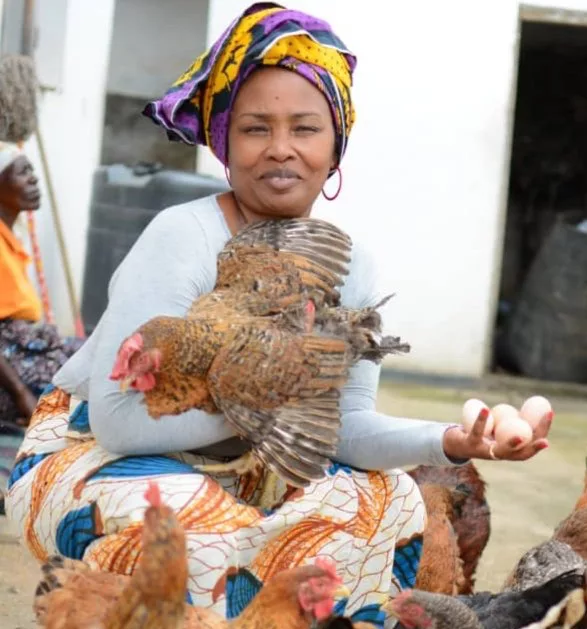|
Getting your Trinity Audio player ready...
|
Eastern Africa is a region of stark contrasts, where immense potential coexists with pressing challenges. On one hand, it presents a myriad of business opportunities for entrepreneurs and investors worldwide, offering a gateway to emerging markets with significant growth potential.
However, this promising outlook is tempered by the persistent threat of drought and severe food insecurity. The region’s vulnerability to climate change, coupled with ongoing conflicts and economic instability, has exacerbated these challenges, leaving millions facing acute hunger and malnutrition.
The 18th Multidisciplinary Team (MDT) Meeting convened by the Food and Agriculture Organization of the United Nations (FAO) in Kampala highlighted the urgent need for coordinated efforts to address the escalating food security crisis in Eastern Africa. The gathering brought together policymakers, experts, and stakeholders to discuss innovative solutions and strategies to ensure sustainable food systems in the region.
Discussions centred on the growing impact of climate change, with recurring droughts, unpredictable rains, and increasing temperatures putting immense strain on agriculture and food production.
Keynote speakers highlighted the urgency of adopting climate-smart agricultural practices to adapt to these realities.
FAO leaders called for accelerated regional collaboration on climate resilience, stressing that agriculture in Eastern Africa must transform to meet current environmental challenges.
Dr Abebe Haile-Gabriel the FAO Assistant Director-General and Regional Representative for Africa said that East African countries continue to grapple with the impacts of extreme climate variability, transboundary pests and diseases, conflicts and massive destabilisation.
“The vulnerability and fragility of the social, economic, and environmental systems continue to make matters worse—agrifood and livelihood systems are at the centre of this interplay and yet, the Eastern Africa region is also endowed with significant potential – natural resources.”
He said one of the approaches to tackle these issues has been mobilising effective partnerships to catalyze investment, foster stakeholder engagement, and accelerate the use of science and innovation.
“These themes—youth action, science and innovation, and investment—formed the pillars of the World Food Forum that FAO hosted in Rome last October. They are indeed foundational for transforming agrifood systems to achieve what we call the “Four Betters”: better production, better nutrition, a better environment, and a better life, leaving no one behind.”
Statistics from the World Food Programme (WFP) show that as of July 2024, there are an estimated 62 million food-insecure people in Eastern Africa, a slight increase since the beginning of the year. Hotspot countries include Sudan (25.6 million), Ethiopia (15.8 million) and South Sudan (7.1 million).
Farayi Zimudzi, FAO Subregional Coordinator for Eastern Africa said that the stark reality of food insecurity in Eastern Africa demands urgent and coordinated action.
“With over 30 million people grappling with acute hunger, the region is in dire need of humanitarian assistance and long-term development solutions. Millions in Ethiopia, Kenya, Somalia, and Uganda are particularly vulnerable to the impacts of climate change, conflict, and economic instability, which have further compounded the crisis.”
“FAO remains committed to supporting Eastern Africa in overcoming its food security challenges,” Zimudzi added.
Hon. Frank Tumwebaze the Minister of Agriculture, Animal Industry and Fisheries said that the Inter-Governmental Authority on Development (IGAD) region continues to grapple with severe food insecurity, with over 30 million people currently facing acute hunger.
“While the region possesses significant agricultural potential, much of its production remains subsistence-based. Challenges such as land degradation, water scarcity, pests, diseases, and limited market access hinder the full realization of this potential,”
According to IGAD, the region’s GDP is projected to surge from USD 274.7 billion in 2019 to a staggering USD 1322.2 billion by 2043, representing a substantial 381.3% increase.
A key driver of this economic expansion is the agriculture sector, which will contribute to a notable rise in GDP per capita. By 2043, GDP per capita is expected to reach USD 309, a 5.8% increase over the Current Path forecast. This growth will translate into a significant boost in average incomes, which are projected to increase from USD 2406 in 2019 to USD 5622 by 2043, a 134% surge.
Hon Tumwebaze added that this meeting provides a crucial platform to develop innovative strategies and collaborative approaches to enhance agricultural productivity, strengthen food systems, and build community resilience.
“Our collective efforts must prioritize empowering smallholder farmers, promoting sustainable practices, and leveraging technology to create efficient and resilient food systems.”
He also said that the Government of Uganda values its collaboration with FAO and continues to hold high expectations for future partnerships.
Source: The Independent






